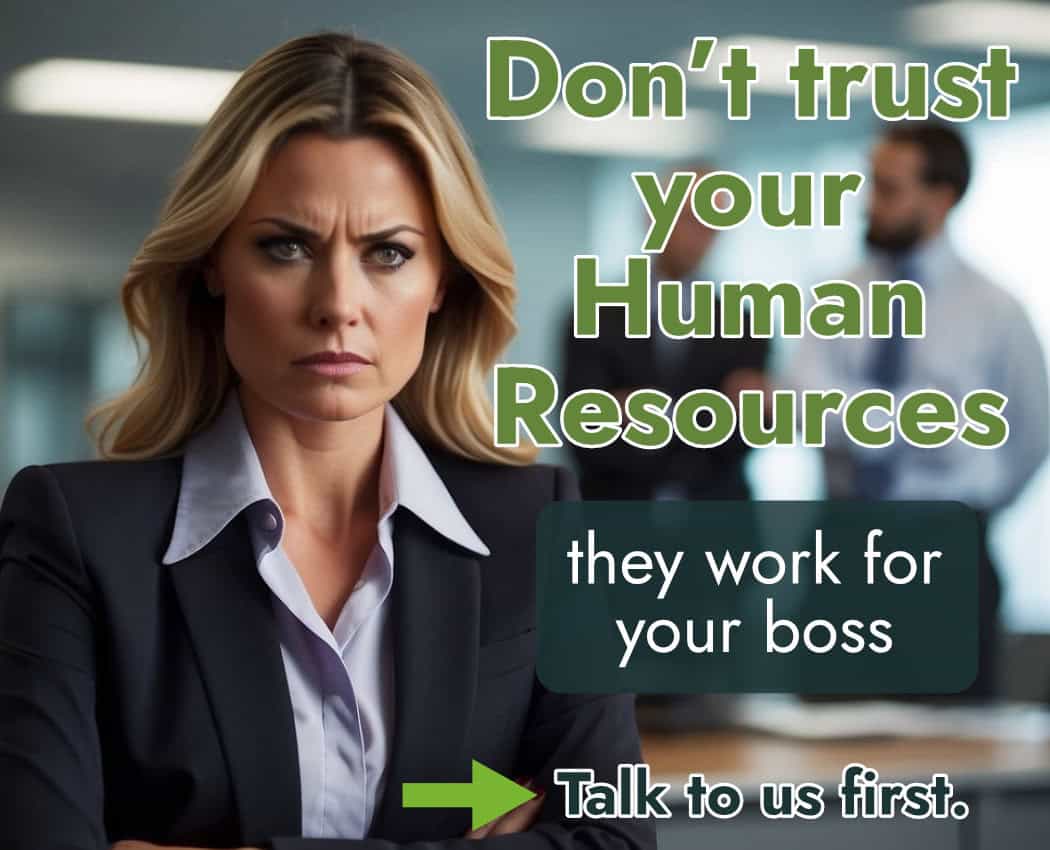
Under the common law, each employee is entitled to be treated with dignity and respect in the workplace.Canadian courts have concluded that it is an implied term in each employment contract that the employer will treat the employee respectfully, and this implied term has been expanded over time to include the requirement to provide a workplace free of harassment, including sexual harassment.
The common law duty on employers to provide a harassment-free workplace has further been formalized under the Alberta Human Rights Act as well as the Alberta Occupational Health and Safety Act. Under the Alberta Human Rights Act and other human rights legislation across Canada, an employer is not permitted to discriminate against a person on the basis of their sex or gender, and in many instances, sexual harassment in the workplace has been found by Human Rights tribunals to be a form of sexual or gender discrimination that is prohibited by the legislation.
Additionally, as of July 1, 2018, under the Alberta Occupational Health and Safety Act, employers in Alberta are required to have written policies regarding harassment in the workplace as well as a procedure in place for dealing with sexual harassment complaints.
As cultural norms shift in society, what is deemed to be acceptable and unacceptable behaviour in the workplace also shifts, and many actions and situations that used to be commonplace or viewed as ordinary are now viewed as sexual harassment. There is no legal definition of sexual harassment, but commonly it is understood as any behaviour of a sexual nature, whether a physical act, verbal or otherwise, that is offensive or would reasonably be viewed to be unwelcome behaviour.
The intention of the person performing the harassing behaviour is usually irrelevant in determining whether or not something is sexual harassment; it does not matter if it was done as a joke, innocently, or done intentionally hurt someone. Specific instances of sexual harassment include telling sexual jokes or making sexual innuendos, displaying pornography or sexually suggestive photos in the workplace, repeatedly asking someone out on a date, making comments about another employee’s physical attractiveness or sexuality, and unwanted touching of a sexual nature.
While men can and have certainly been on the receiving end of sexual harassment, the #MeToo movement has shown that unfortunately, women are over-represented when it comes to sexual harassment in the workplace.
Although the law provides protections for all employees from sexual harassment in the workplace, practically it can be very difficult for an employee to assert their rights or rely on those protections in the workplace when they are being sexually harassed, particularly if the harassment is coming from a more senior employee or executive within the company.
Every situation is different and the specific steps to take in each case will depend on the employees involved and the particular workplace, and the best thing for employee-facing harassment to do is to speak with a lawyer about their options for recourse. However, before you can get in to see a lawyer, there are some practical steps you can take:
What should you do if you are being harassed at work?
CREATE A JOURNAL
Create a journal detailing the incidents – be as specific as possible, and include key information (e.g. who, what, where, when, etc.).
SPEAK UP IF YOU FEEL COMFORTABLE
To the extent you feel comfortable or able to speak up, talk to the harasser in person or send them an email explaining the behaviour that you find offensive and stating that you want their harassing behaviour to end.
MAKE A FORMAL COMPLAINT
Make a formal complaint to Human Resources – keep in mind that in most cases Human Resources is there to act as the first line of defense for the company to protect it from legal liability, and should be motivated to deal with the matter quickly and professionally as a result. If your company is too small to have a Human Resources department, speak with your supervisor or manager. If your supervisor/manager is the person harassing you, speak with the company owner.
KNOW THE INVESTIGATION PROCEDURE
If Human Resources states that they will be conducting an investigation into your complaint, you are entitled to know the procedure for the investigation, including the steps involved in the investigation, the name of who will be conducting the investigation, and the approximate timeline for completing the investigation.
The person conducting the investigation should be impartial, regardless of whether or not they are another employee within the company or a third-party hired to do the investigation. You should also be given assurances that your complaint will be kept confidential with respect to other employees (with the exception of the harasser).
What should you do if you have been accused of harassment at work?
While harassment in the workplace, sexual and otherwise, is a serious issue that employers need to deal with, sometimes employers can be a bit over-zealous in dealing with complaints because they are afraid of a complainant going to the media or the potential damage to their reputation that may result if a disgruntled employee goes on social media to complain.
If you have been accused of any form of harassment in the workplace you have the right to be treated fairly throughout the investigation process, and it is recommended that you speak with a lawyer prior to or during any investigation to ensure that your rights are being maintained, as a substantiated complaint could lead to serious discipline including termination. Before you are able to speak with a lawyer, there are some practical steps you can take to protect yourself:
REQUEST A COPY OF THE COMPLAINT
Insist on receiving a written copy of the complaint, or a written summary of the alleged incidents including the name of the complainant, date, time, of each incident. Having specifics will make it easier for you to recall your specific interactions with the complainant and properly respond to the complaint.
FIND OUT WHO IS CONDUCTING THE INVESTIGATION
Confirm with Human Resources or the party conducting the investigation the procedure for the investigation, including the steps involved in the investigation, who will be conducting the investigation, and when you can expect the investigation to be completed. The person conducting the complaint should be impartial and should be able to provide you with updates as to how the investigation is progressing.
PREPARE YOUR OWN WRITTEN RESPONSE
Prepare your own written response to the complaint that provides your best recollection of the incidents alleged to have occurred, provide any background information you can in your response (e.g. text messages, emails, etc.) that may help to provide some further context to the alleged incident, and provide the names of any other employees or people who may have witnessed the alleged incidents.
Sexual harassment in the workplace can lead to all other sorts of legal issues such as a constructive dismissal, wrongful dismissal, or even in extreme cases defamation. As such, while the above tips are important first steps for you to take if you are being harassed or have been accused of harassment, it is of the utmost importance that you speak with a lawyer to discuss the other legal issues that may be present in your case.

We currently have three offices across Alberta — Edmonton, Calgary, and Red Deer. We serve the entire province of Alberta (and BC). We also have the infrastructure to work with any of our clients virtually — even the furthest regions of Alberta.
Call 1 (844) 224-0222 (toll free) to get routed to the best office for you or contact us online for general inquiries.
We also have a dedicated intake form to help you get the ball rolling. Our intake team will review your specific case and advise you on the next steps to take as well as what to expect moving forward.
Our offices are generally open 8:30 a.m.—4:30 p.m., Mon—Fri.


Heather Tyminski
WORKPLACE LAWYER
Heather is an associate practicing in the area of employment law. She takes a client-centered approach to enable her clients to make informed decisions. She has advised employers and employees on all aspects of the employment relationship, from the initial hiring stages up to termination.
PRIVACY NOTICE: Any information you provide to our office — whether your personal information or employment/employer details — will be treated as strictly confidential and will not be disclosed to your employer or to any other third party. So, please be reassured that you can talk openly to our capable Intake Paralegals worry free. Fill out an Online Inquiry or call us now, your information will be in safe and helping hands.
The Legal Review Process by Taylor Janis Workplace Law
- Taylor Janis strives for high-quality, legally verified content.
- Content is meticulously researched and reviewed by our legal writers/proofers.
- Details are sourced from trusted legal sources like the Employment Standards Code.
- Each article is edited for accuracy, clarity, and relevance.
- If you find any incorrect information or discrepancies in legal facts, we kindly ask that you contact us with a correction to ensure accuracy.


